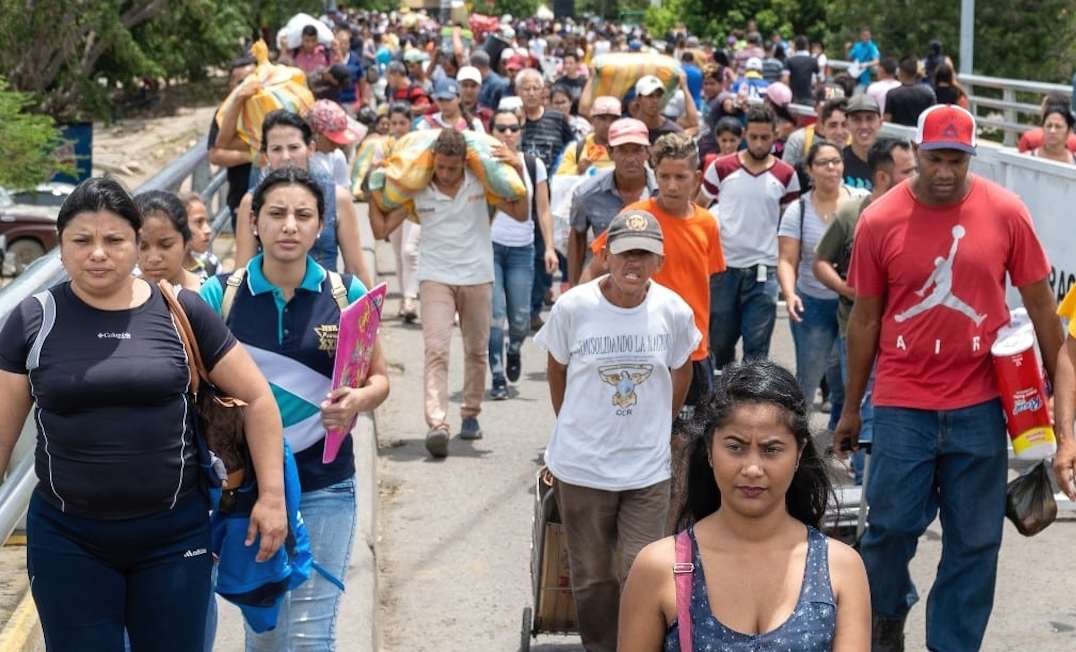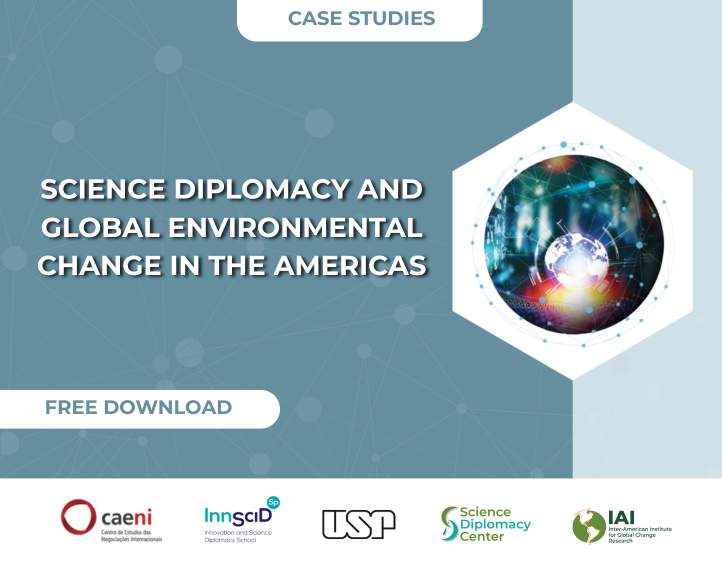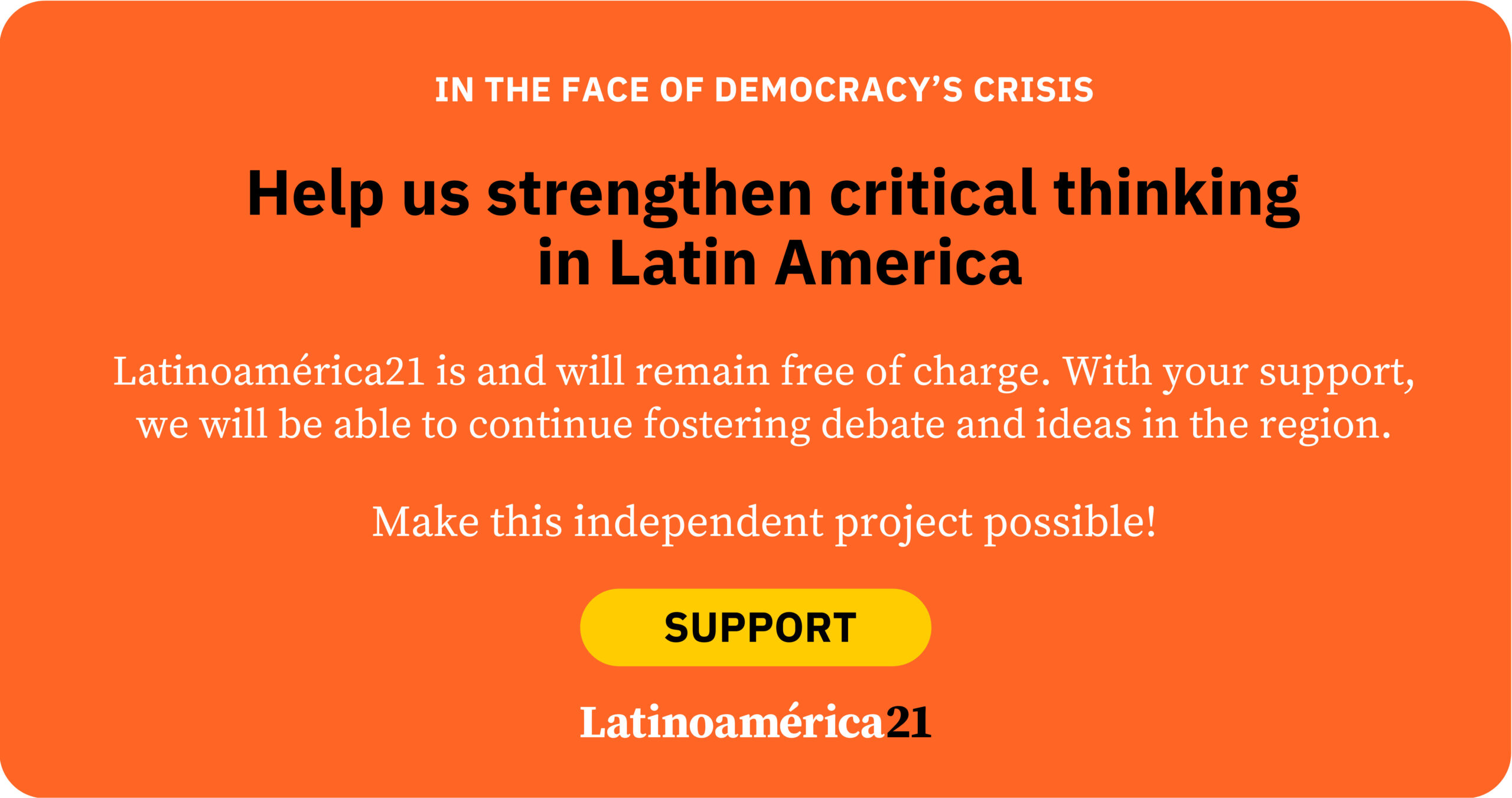Colombia is entering a crucial electoral year. In March and May 2026, the country will elect a new Congress and president for the next four years. This puts the government led by President Gustavo Petro under scrutiny, as balances of achievements and shortcomings are increasingly demanded. Issues range from the Total Peace process to Colombia’s energy policy. Migration management, particularly concerning Venezuelan nationals, is also high on this list—if only because nearly three million Venezuelans currently reside in Colombia. This is not only the largest Venezuelan migrant population in Latin America but also globally. So, what has been achieved in migration policy over these three years? Have there been significant advances, setbacks, or missed opportunities?
To answer these questions, one must first recall the legacy left by the previous administration and acknowledge that since 2017, migration to Colombia has changed considerably. Only then is it possible to make a fair, if not definitive, assessment of how Petro’s government has handled migration less than a year before the elections.
The Duque administration’s legacy on migration management
Any assessment of Colombia’s migration policies would be incomplete without first recalling what Iván Duque’s government accomplished. It was under his administration that Colombian migration law was rethought to respond to the unprecedented influx of Venezuelans. Official data shows that the Venezuelan population in Colombia jumped from 400,000 in 2017 to nearly 1.77 million in 2019, an increase of 343% in just two years.
During this period, diplomatic and consular relations with Venezuela were severed, from February 2019 to August 2022. This meant that Venezuelans in Colombia were unable to process documents such as passports or register births with their national authorities. As a response, Colombia began accepting expired Venezuelan passports and other documents without the usual formalities required of other foreigners, such as legalization or apostille.
That same year, Colombia adopted the Primero la Niñez (Children First) measure, granting Colombian nationality to children born in the country to Venezuelan parents. Recently extended until 2027, the measure addressed the risk of statelessness, as these children could not acquire their parents’ nationality by descent. As of March 2025, around 138,200 children had obtained Colombian nationality through this initiative.
Perhaps the most defining measure of the Duque government was the adoption of the Temporary Protection Statute for Venezuelan Migrants in 2021. This policy replaced the short-term special permits of two years, which assumed Venezuelan presence would be temporary, with a 10-year protection mechanism valid until 2031. By December 2024, about two million Venezuelans in Colombia had received this status.
However, Duque’s approach also left significant gaps. For instance, Colombia’s asylum system remained wholly inadequate for those requiring international protection, despite the surge in demand. In fact, in 2023, the Constitutional Court ordered the government to reform the asylum system due to its many shortcomings.
Petro’s government: progress and unmet challenges in migration policy
Gustavo Petro’s administration has had to respond to new migration dynamics as well as shifts in U.S. migration policy. While the Venezuelan population in Colombia stabilized between 2022 and 2024 at around 2.8 million, transit migration through the country increased exponentially. Between 2023 and 2024 alone, more than 940,000 people left Colombia in transit, most of them Venezuelans crossing the Darién Gap toward Panama, aiming ultimately for the U.S. southern border.
In 2025, this number sharply dropped—fewer than 92,000 people used the same routes so far this year—coinciding with the restrictive migration measures adopted by Donald Trump’s second administration. Colombia has now become not only a host country but also a destination for reverse migration flows, with many migrants forced to return, and for Colombian nationals deported from the U.S. in unprecedented numbers. All of this has occurred alongside the winding down of U.S. Agency for International Development (USAID)-funded projects in Colombia.
So, what has been Petro’s approach? The Temporary Protection Statute for Venezuelans remains in place—more out of necessity than conviction, one might argue—but its flaws persist, particularly its exclusion of Venezuelans who entered Colombia irregularly after January 2021. In October 2024, a special permit was created for parents of Venezuelan children regularized under the Statute, but its regulation took 10 months. In addition, this permit may only be requested until April 2026, that is, until the end of this government’s term of office.Similarly, the special visa introduced in December 2024 for Venezuelans has proven insufficient and difficult to access, reflecting a broader migration policy lacking a differentiated approach.
Despite the Constitutional Court’s 2023 ruling, asylum system reform has seen little progress. Colombia still lacks a regulatory framework to protect migrants in transit, as the Court recently highlighted, and has no effective policies to address the needs of deported Colombian nationals.
Less than a year before the elections, Petro’s migration record reflects more promises than results. The slow pace of implementation and the absence of protections for the most vulnerable underscore the long road ahead to ensure a dignified migration policy.
*Machine translation, proofread by Ricardo Aceves.













